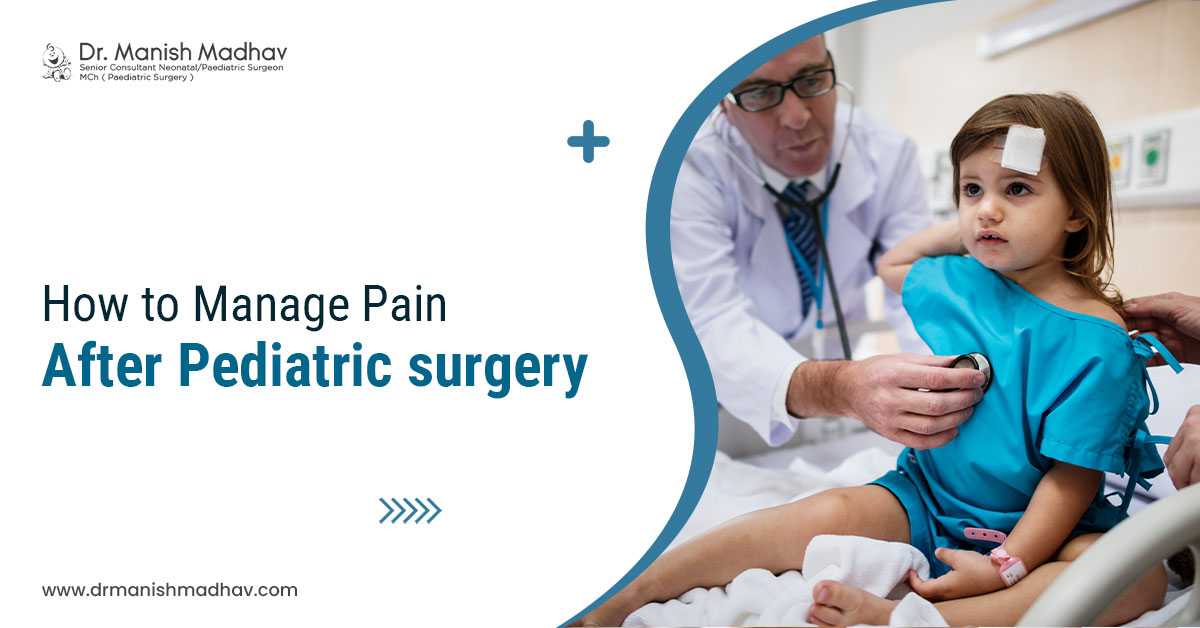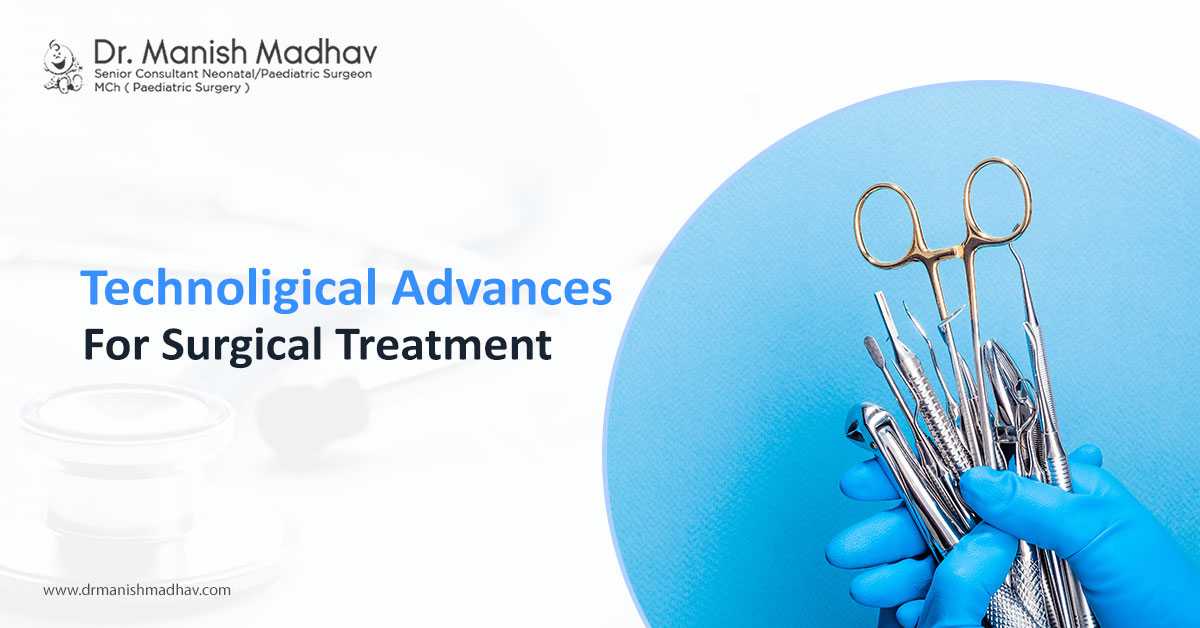New advancements in technology and operational procedures have dramatically developed paediatric surgery, which has become more reliable, more anticipated, and sometimes less invasive. Consult the best child surgeon in Siliguri.
Table of contents:
Technological advances for surgical treatment
- Guided Growth
- Growing Rods
- Computer-Guided Surgery
- Low-Dose Imaging for Safety
Conclusion
Technological advances for surgical treatment
Guided Growth
Guided growth systems permit specialists to accomplish major differences in limb adjustment through minimally invasive operation for children with limb length inconsistency, bowlegs, knock knees, and even some spine curves. In these methods, operators inject small slices and spirals that manage mass plates to grow inside the wanted arrangement, essentially tricking growth plates to grow straighter. within the recent past, thechild surgeon in Siliguri needed to chop the bone may be a major surgery called an osteotomy, during which large plates and screws were wont to correct and maintain alignment. Today, paediatric surgeons routinely correct alignment with but a one-inch incision, leading to a way faster and fewer painful recovery.
Growing Rods
Guided growth procedures have also transformed look after children with spinal curvatures. Surgeons now insert internal lengthening devices – a “growing rod” within the spine that allow a child’s spine to still grow because it is straightened. Every six months, the doctor increases the rod through a minimally invasive outpatient appointment to meet the child’s adulthood. Fifteen to twenty years ago, children’s spines were surgically straightened before they were adult, which led to pulmonary complications. Today, children are generally managed with guided growth tools until they're adult, at which era fusion surgery may or might not be necessary. In development are internal magnetically controlled lengthening devices which will soon allow surgeons to elongate the rods with none surgery whatsoever. The surgeon will insert an electromagnetic device during a patient’s back, and therefore the rod will lengthen with a press of a button.
Computer-Guided Surgery
A unique technology called “computer-guided remedial correction” has dramatically enhanced the accuracy of limb deformity operation over the past ten years. Surgeons now precisely program the specified correction into a computer following surgery, then gradually achieve that correction using external fixators that are adjusted during follow-up outpatient visits.
Low-Dose Imaging for Safety
The paediatric team is concentrated on patient safety, and exposing children to as little radiation as possible may be a high priority. Paediatric imaging experts increasingly use MRI and ultrasound to attenuate children’s exposure to X-rays. For situations during which X-rays are necessary, a coffee dose X-ray imaging system for spine and limbs – which provides a 3D image with only ten per cent of the radiation of a typical X-ray machine.
Inside general surgery, numerous modern condition-measurement and results systems are received. Consult the best child surgeon in Siliguri.
Note: This is a medical blog stressing on the recent advancements and technologies in the child surgery department.




